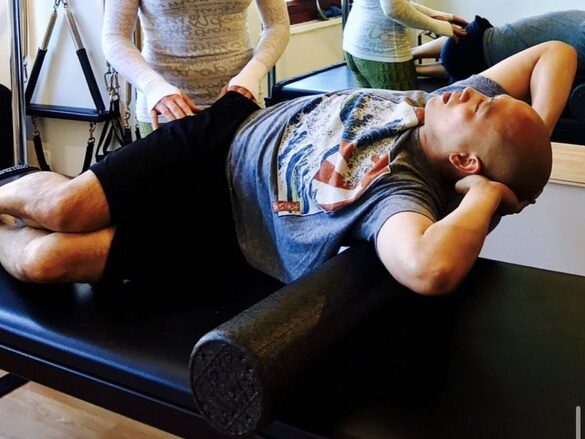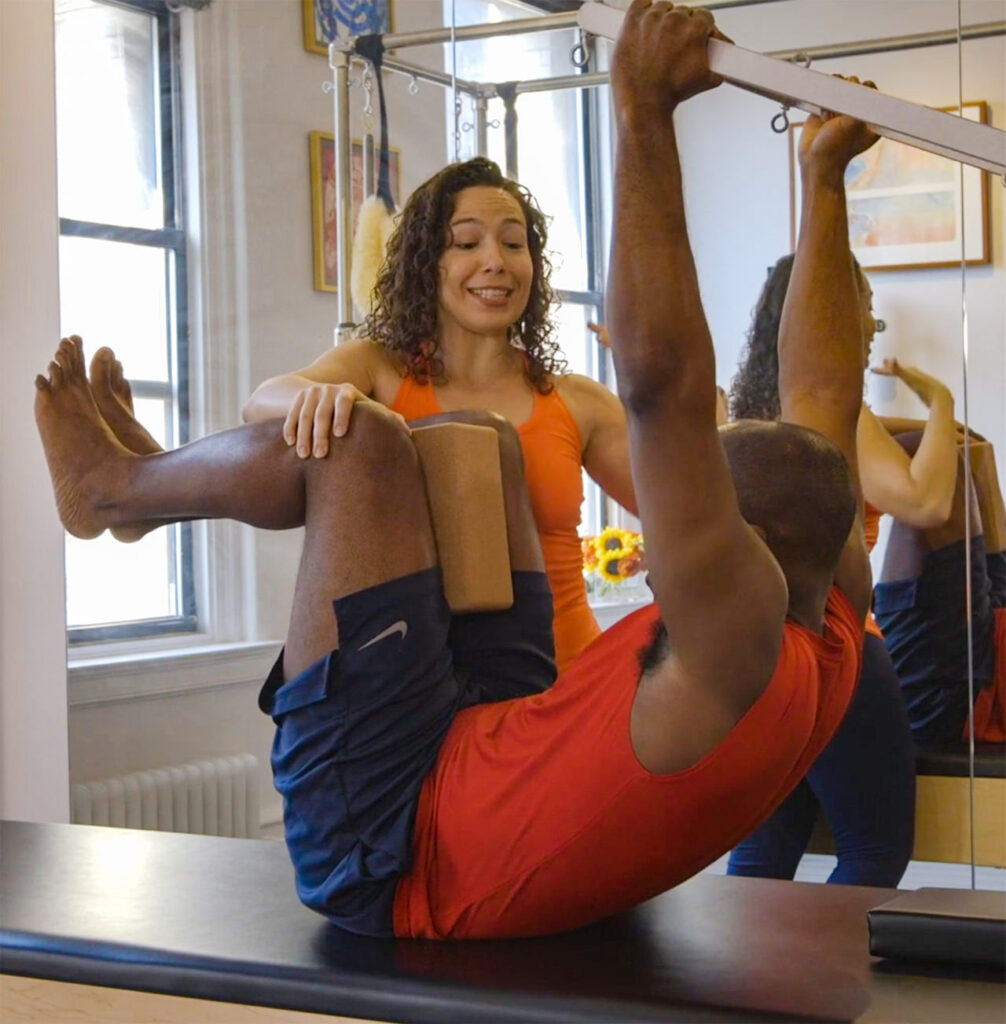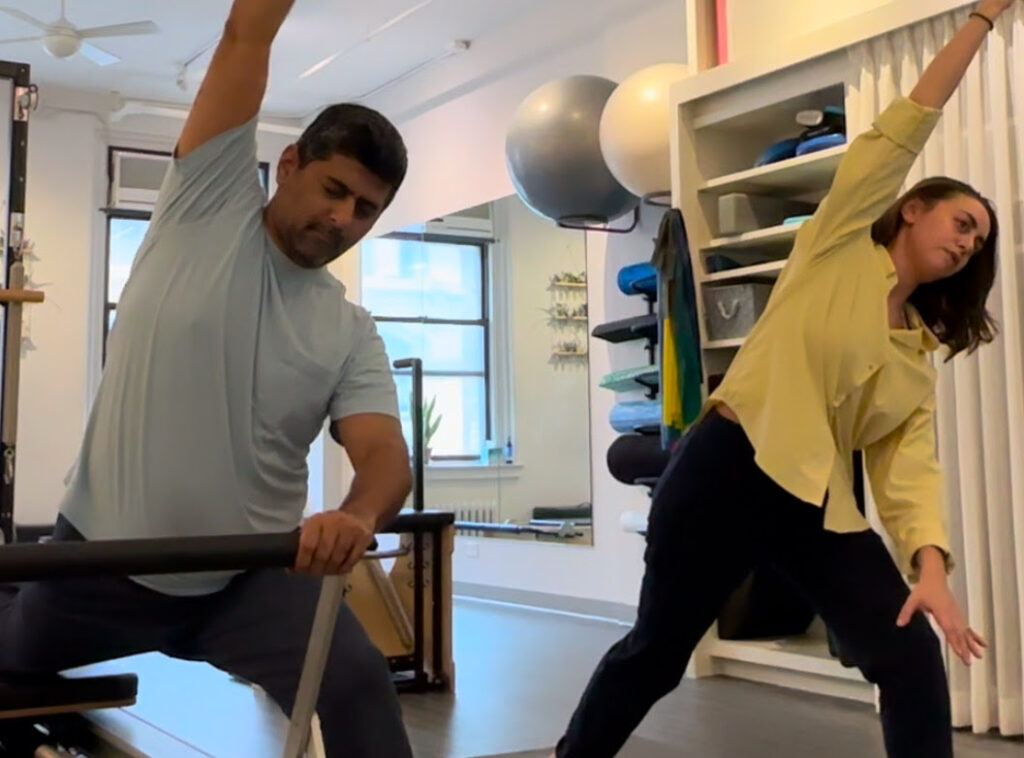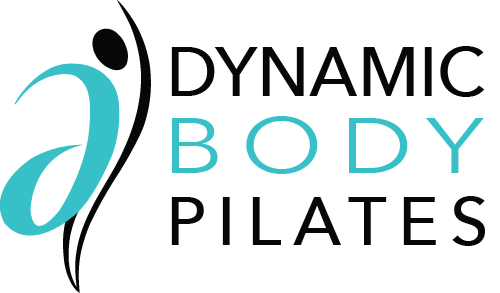If you’re searching for the benefits of Pilates for men — especially in a one-on-one setting — you may already know that traditional fitness routines aren’t solving the issue. Maybe you’ve been dealing with back pain, hip stiffness, or discomfort that doesn’t improve with stretching or strength work. Maybe you’re wondering: Is Pilates for men? And if so, what kind of Pilates actually helps?
One-on-one Pilates offers something many men are missing: a system for retraining how the body moves. When adapted to your structure, injury history, and goals, Pilates becomes a powerful tool for reducing pain, improving posture and joint function, and building long-term strength and control.This article explores how personalized Pilates supports male clients across age groups — and what makes it effective, especially for those searching for Pilates for men in NYC.

The Role of Assessment: Understanding the Whole Picture
Before movement can improve, it needs to be understood. A well-structured Pilates program begins with an evaluation of:
- Posture and spinal alignment
- Breath patterns and ribcage mobility
- Joint stability and muscle coordination
- Compensation habits (what’s overworking vs. what’s underworking)
These are often overlooked in gym settings or group classes. But they’re essential to understanding why a body feels off — and how to support it more intelligently.

What an Effective Program Looks Like
If you’re wondering “is Pilates for men who feel tight, want to be stronger, and need more than stretching to relieve pain?” — the answer is yes, when it’s personalized. The best results happen when Pilates is adapted to your body, your lifestyle, and your pain points.
A well-structured program for men often includes:
- Targeted core stability work — focused on training the deep abdominal muscles that stabilize the spine and pelvis. This type of work helps clients learn how to engage core support properly, especially during everyday movements like standing, walking, or lifting.
- Hip and shoulder alignment training — designed to correct muscle imbalances that often contribute to tight hips, lower back discomfort, and shoulder instability. Careful positioning and guided resistance help restore joint stability while improving flexibility and strength.
- Breath and ribcage mobility exercises — used to improve how the ribcage moves during breathing, which directly impacts posture, core engagement, and overall tension in the upper body. This work often helps reduce chronic neck, shoulder, and back tightness.
- Balance and walking retraining — focused on improving how weight is distributed through the legs, feet, and pelvis during standing and walking. This helps reduce strain on the joints and allows for smoother, more efficient movement.
- Progressive, full-body strength integration — once stability and alignment improve, more dynamic movements are layered in to safely build strength, coordination, and control while continuing to protect vulnerable areas.
Every element of the program is adjusted based on how the client moves that day — balancing flexibility, strength, and control while addressing the root causes of discomfort.
Benefits of Pilates for Men at Any Age

Problems like back pain, joint stiffness, tight hips, or postural strain don’t belong to any specific age group. We work with men in their 30s, 40s, 50s, 60s, 70s, and beyond — all of whom arrive with a version of the same question: Why isn’t my body moving the way I expect it to?
Some are navigating old injuries that never fully resolved. Others are feeling tight and restricted despite regular workouts or stretching. Many simply want to build better movement habits before minor issues turn into more serious limitations.
Age may influence some aspects of the work — such as bone density, surgical history, or activity goals — but the process always starts with the individual: their structure, their patterns, and their capacity to improve. The focus is on restoring control, strength, and confidence, regardless of when the problem began.
What Sets This Approach Apart
If you’re looking into Pilates for men in NYC, it’s important to know that not all Pilates is the same. A group class at a gym or chain studio may offer a workout — but it often assumes your body is already moving well.
One-on-one Pilates takes a different approach. It identifies what’s not working, strengthens what is, and gives you the tools to move more effectively in real life.
This isn’t about choreography or flexibility. It’s about learning how your body operates — and how to improve it.

Conclusion: What to Look For in a Pilates Program for Men
If you’re exploring the benefits of Pilates for men, especially in a city like New York, look for:
- A private, one-on-one model — not just group reformer classes
- Practitioners who understand biomechanics and rehabilitation
- A customized program, not a generic flow
- An approach that listens to your goals and respects your limitations
Pilates, when done well, isn’t about becoming flexible. It’s about becoming functional. It’s not just for rehab, or for women, or for dancers. It’s for anyone — especially men — who want to understand and take care of their body in a more informed, effective way.
Learn More or Get Started
At Dynamic Body Pilates, we specialize in one-on-one, custom programming for clients of all backgrounds. If you’re looking for Pilates for men in NYC, and want to understand whether this approach is right for you, start with a Dynamic Body Assessment.
It’s not about doing less — it’s about doing things more intelligently, with support that meets your body where it is.

Client Testimonials
Stephen, 30s — Creative Professional
“I’ve been active for years — I lift regularly, stay in shape, and try to take care of myself — but I was constantly tight and sore in ways that didn’t make sense. After starting one-on-one Pilates, I realized how much I was compensating. We focused on posture, deep core support, and learning how to move efficiently. I’ve strengthened muscle groups I didn’t even know existed. Now, I feel more balanced, less reactive in my body, and more grounded — whether I’m working out, sitting at my desk, or just walking down the street.”
Scott, 40s — Former College Athlete, Broker
“As a former Division I tennis player, I thought I knew how to train my body — but years of shoulder instability, back pain, and tight hips had left me stuck and frustrated. Physical therapy helped somewhat, but it didn’t hold. At DBP, I got a fully customized plan that rebuilt my stability and alignment from the ground up. We worked on breath mechanics, shoulder integration, and core coordination — things no one had ever taught me. I’m finally able to train again without fear, and I feel more confident in my body than I have in over a decade.”
Chris, 50s — Construction Manager
“I came in with spinal stenosis, nerve pain, and years of postural collapse from working in construction. I had tried everything — PT, massage, exercise routines — but I couldn’t feel my core and didn’t know how to support my spine. At DBP, we slowed everything down and built from the basics: breath work, deep abdominal engagement, balance, and posture. Over time, I’ve learned how to move without triggering pain. Pilates has given me real tools to take care of myself. It’s not about getting through a session — it’s about knowing what to do when something flares up and how to move better every day.”
Douglas, 60s — Retired, Long-Term Sciatic Pain
“I’ve had sciatic pain since the 1980s and tried everything — surgery, injections, therapy. Nothing really worked. I came to DBP cautiously, not expecting much. But I found a place where people actually listened. They worked with my limitations, kept the sessions grounded in what my body could tolerate, and still challenged me to improve. My pain has gone down significantly. I can move more freely. And for the first time in years, I feel like my body is working with me, not against me.”
Alejandro, 40s — Finance Executive
“I wasn’t sure what to expect when I started Pilates. I’d been active in yoga and the gym, but felt like something was missing. I struggled with posture, tight hamstrings, and core engagement — and wasn’t seeing progress on my own. What I found at DBP was structure and clarity. Every session builds on the last. We’ve worked on thoracic mobility, hip alignment, glute strength, and breath — and I can feel the changes not just in how I move, but in how I feel. I stand taller, I’m more grounded, and my other workouts are stronger because of it.”

